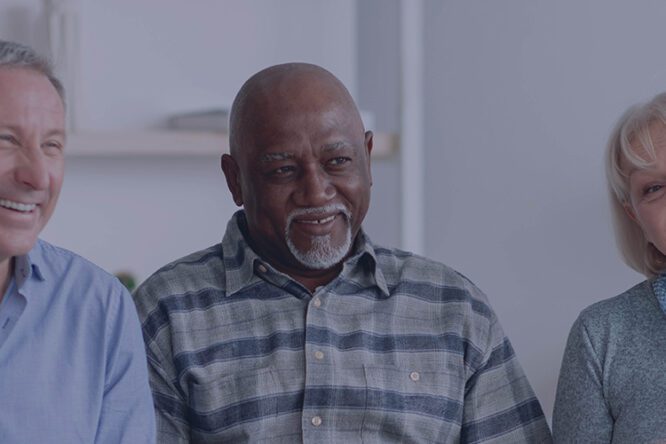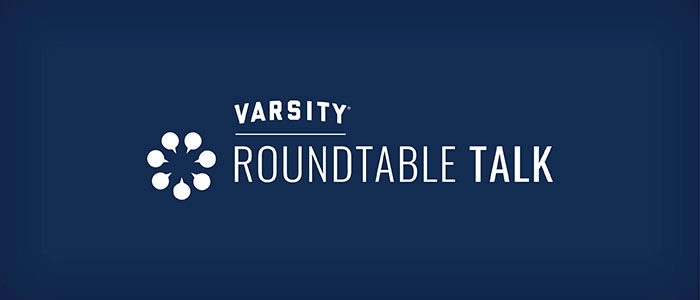As technology continues to reshape every corner of our lives, few voices understand its impact on aging quite like Laurie Orlov. In this episode of Varsity’s Roundtable Talk, the founder of Aging and Health Technology Watch unpacks how innovation—and a little empathy—can transform the aging experience.
In our conversation, Laurie shared her journey to becoming a thought leader in age-related technology. Laurie also discussed the transformative potential of AI in senior care, advocating for proactive technological solutions and greater inclusivity of older adults in product design processes.
The following are some fresh perspectives from the conversation. Check out the full episode here.
WHAT INSPIRED YOU TO START AGING AND HEALTH TECHNOLOGY WATCH?
It really came from my own experience caring for my mother. I realized that so many people who enter the age-related technology industry do so because of a personal caregiving experience. This field is filled with people who struggled to care for their parents and went on to create companies in caregiving, health monitoring, and fall detection. My story was that I didn’t know what I was doing, I couldn’t find research, and so I said, “I’m going to write it.”
WHAT DOES AN IDEAL SUITE OF TECHNOLOGY LOOK LIKE FOR OLDER ADULTS?
I use the analogy of PC software suites. Years ago, you wouldn’t buy just a spreadsheet without also having a word processor. The same should be true here. In aging tech, we need suites—connected tools that sit alongside each other and evolve with a person’s needs over time. For instance, a health suite might start with symptom management, move into remote monitoring, and include medication management and hearing support. A mobility suite might combine exercise tools, transportation aids, and peer support. You don’t have to integrate everything—just make sure it works together and follows the user through their life journey.
HOW SHOULD INNOVATORS APPROACH DESIGNING FOR OLDER ADULTS?
Tech companies need to stop designing only for themselves. The average age at Google or Meta is pretty young, and older adults aren’t typically included in the testing process. But they should be—before development and during testing. I once watched an older man on a plane tapping around his iPad, trying to figure out what part of the screen would respond. Why not design pop-ups that guide users? Simple prompts would make a world of difference. The irony is that older adults are a massive market—and they have the money. Companies should be designing with them, not just for them.
HOW DO YOU DEFINE “ALL TECH,” AND WHY SHOULD WE MOVE AWAY FROM “AGE TECH”?
“All tech” means the devices we all use—phones, TVs, tablets—can already be adapted for older adults. For example, on an iPhone, you can enlarge text, boost volume, or change accessibility settings. That’s all tech—it’s universal. Labeling something as “age tech” focuses too much on disability instead of inclusion. We don’t need separate technologies for older adults; we need existing ones configured to meet everyone’s needs.
WHERE DO YOU SEE THE MOST PROMISING APPLICATIONS OF AI IN AGING SERVICES?
AI agents—software assigned to specific tasks—are already transforming home care and senior living. They can handle documentation, help create care plans, or provide prompts during visits. For example, as a caregiver approaches a client’s home, AI could suggest questions to ask based on that person’s history. That’s proactive care. AI can also support hybrid care models—combining in-person visits with remote monitoring during off-hours. People can’t work 24 hours a day, but AI can. It helps fill gaps, making care smarter and more continuous.
Want to hear more from Laurie? Check out the full episode of Roundtable Talk for more fresh perspectives. Watch new episodes of Roundtable Talk on the Varsity website and on Apple Podcasts, Spotify, and iHeartRadio.



